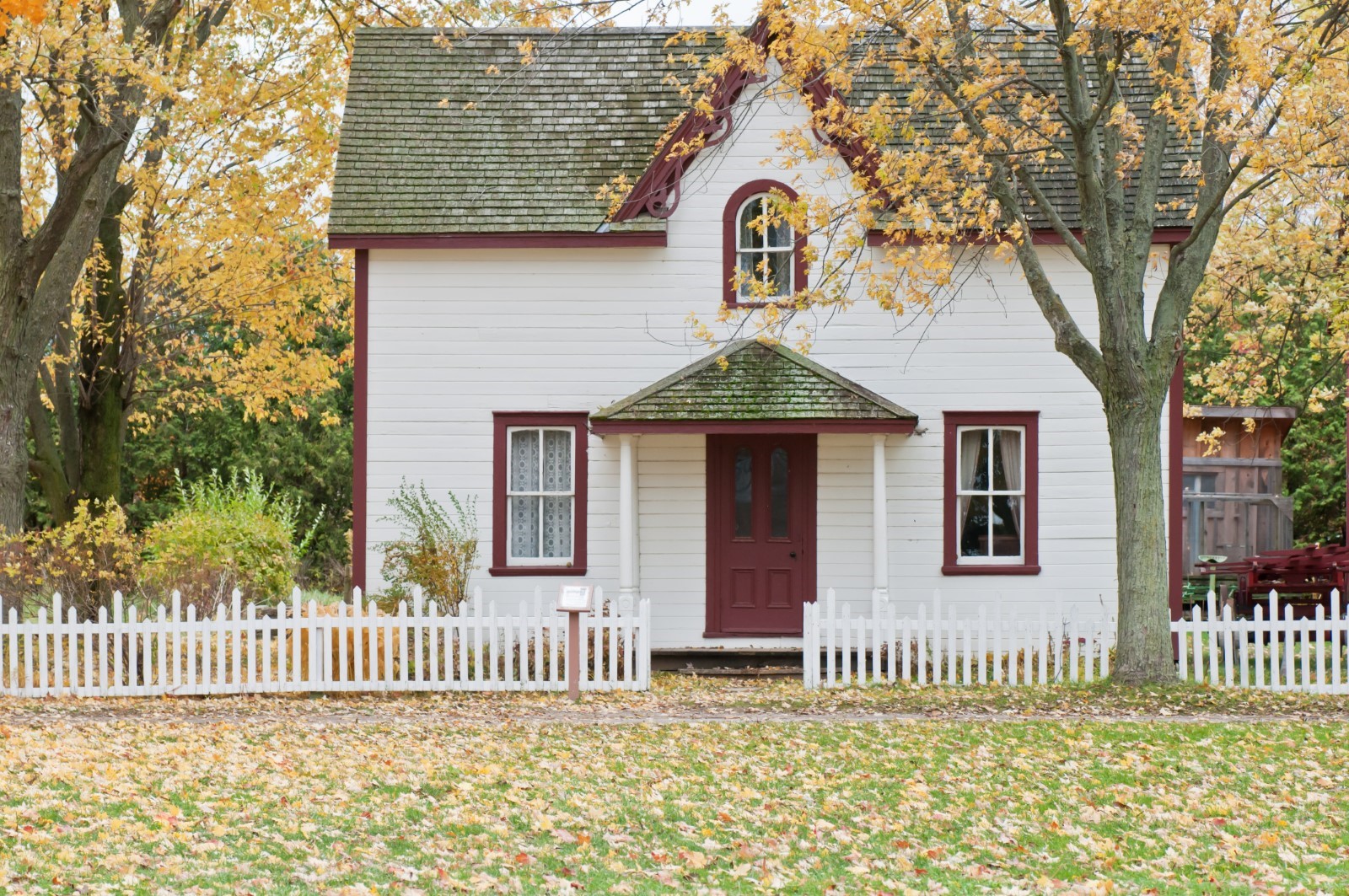
Home ownership, for many Canadians, can feel like a long shot. While the housing market is softening slightly, home buyers still need more money now than they did the year before to buy a home. And the heightened mortgage stress test and ballooning interest rates aren’t helping matters.
The federal government in Canada is hoping that a program announced in the 2022 Budget and enacted on April 1, 2023, will help first-time home buyers realize their dreams of homeownership. The First Home Savings Account (FHSA) allows Canadians to save up to $8,000 tax-free per year for their first home.
But what exactly are the parameters of the federal government’s proposition? Who is eligible for the FHSA? And how do you open an FHSA? In this article, we will answer these questions and more. Here is everything you need to know about the FHSA in Canada.
What is First Home Savings Account (FHSA) Canada?
The First Home Savings Account, or FHSA, is a new type of registered account that is designed to help first-time home buyers purchase their first home—tax-free. The FHSA was announced by the Canadian federal government in the 2022 Budget and came into effect on April 1, 2023.
The FHSA is like a registered retirement savings plan (RRSP) because your contributions to an FHSA are tax deductible; and withdrawals to buy a qualifying property will also be non-taxable, which is also like a tax-free savings account (TFSA).
FHSA Canada: How it works
Through this tax-free program, Canadians 18 to 40 years old are allowed to deposit $8,000 annually with a lifetime contribution of $40,000, helping them save for the down payment on their first home in Canada.
Who is eligible for the FHSA?
The FHSA combines features from an RRSP and a TFSA. As with RRSPs, contributions are generally tax deductible; and like TFSAs, any qualifying withdrawal to purchase a qualifying property is not taxable, including on any income or gain.
To be eligible for the FHSA, you must meet the following requirements:
- Be a Canadian resident
- Be 18 years old or older
- Be a first-time home buyer
FHSA Canada: Key features
Other key features of the FHSA include the following:
- Investments
- Contributions and deductions
- If you do not buy a home
- Qualifying withdrawals
- Transfer of funds
- Difference between FHSA and Home Buyers Plan
Let’s take a closer look at each of the key features to determine if an FHSA is right for you:
1. Investments
You can hold the same investments in an FHSA as you do in an RRSP or a TFSA, including government and corporate bonds, cash, publicly traded securities, mutual funds, and guaranteed investment certificates.
Your FHSA account can remain open for 15 years (max.) or until the end of the year that you turn 71 years old. Your account will also stay up until the end of the year after the year that you made the qualifying withdrawal from an FHSA (whichever comes first).
2. Contributions and deductions
As mentioned, annual contributions can be as high as $8,000 per year up to a $40,000 contribution limit. A maximum of $8,000 in unused contribution to your FHSA can carry over into the next year. You can also claim an income tax deduction for the FHSA contributions made in the calendar year or in the year prior (if not deducted previously).
3. If you do not buy a home
Any money that you withdraw from your FHSA and do not use to buy a qualifying property are subject to tax. On the other hand, the balance of your FHSA not used on a property can be transferred to a registered retirement income fund (RRIF) or an RRSP. This may be on a non-taxable transfer basis, which would then be subject to applicable rules.
If you transfer funds from your FHSA to either your RRIF or RRSP, it will not affect your available RRSP contribution room. Note, however, that any money transferred to an RRIF, or an RRSP will then be taxed upon withdrawal. Many banks, like National Bank below, are ready to help. Be sure to speak to your soon!
4. Qualifying withdrawals
When you make a withdrawal for the purchase of a qualifying property, you must be a first-time home buyer and a Canadian resident. So what is a qualifying home? A qualifying home is essentially a home located in Canada and includes a share of the capital stock of a cooperative housing corporation.
Additionally, you must have a written agreement to build or buy a home in Canada before October 1 of the year following the year of withdrawal. Within one year of building or buying, you must occupy the home as your principal place of residence.
5. Transfer of funds
Yes—you can transfer money on a tax-free basis from your RRSP to your FHSA. However, this type of transfer is subject to FHSA lifetime and annual contribution limits and are not deductible from your income. Another important note is that transfers from your RRSP to your FHSA do not restore your RRSP contribution room.
6. Difference between FHSA and Home Buyers’ Plan
Canadians are allowed to withdraw up to $35,000 from their RRSP with the current Home Buyers’ Plan (subject to conditions and eligibility). Over the following 15 years, you can then repay the funds to your RRSP. Your FHSA, unlike the Home Buyers’ Plan, does not need to be repaid.
Can I open a FHSA if I already own a home?
The FHSA is an investment tool designed to help first-time homeowners in Canada. Since every Canadian’s situation is different, you might run into some grey areas when it comes to your FHSA—such as the definition of a “home”.
With FHSAs, the definition of a home is crucial. If you or your spouse have lived in the home you have owned this year or any of the previous four calendar years, you cannot open an FHSA or make a tax-free withdrawal. You can only make tax-free withdrawals if you buy a qualifying home.
What is the FHSA limit in Canada?
The FHSA limit in Canada for prospective home buyers is a contribution of up to $8,000 of tax-free savings per year. The lifetime contribution limit is $40,000. If you start an FHSA but have not contributed the full amount each year, you can carry forward a maximum of $8,000 for use the next year. Additionally, any income earned on FHSA savings do not reduce the participation room for the next year.
FHSA accounts also have a participation period of 15 years maximum, which means, if you are the account holder, you must transfer all the money and close the account 15 years after you opened it, to avoid being taxed on it.

How to open FHSA account in Canada?
To open an FHSA account in Canada, you must be a first-time home buyer who has not—at any point in the current calendar year before the account is opened or at any point in the preceding four calendar years—lived in a qualifying home as your principal place of residence. You cannot own or jointly own that principal place of residence in that time frame and it cannot be owned or jointly owned by your spouse or common-law partner at the time the account was opened.
Prior to opening an FHSA, you must determine if you are a qualifying buyer. If you meet the qualifications, you can open an FHSA through an FHSA issuer like a bank, a trust or insurance company, or a credit union. These issuers can advise you on the different types of FHSAs and the qualified investments each contains.
While it is possible to have more than one FHSA at once, there are limitations on the amount you can contribute to all your FHSAs and transfer from your RRSPs to all your FHSAs in a calendar year—especially if you want to avoid unintended tax consequences.
FHSA Canada: Checklist to open account
To open an FHSA, you must provide the following information:
- Contact your FHSA issuer
- Provide information such as your date of birth, your social insurance number, and any supporting documents your issuer might require certifying that you are a qualifying individual.
Whether or not you qualify for an FHSA or whether it will benefit you will depend on your financial situation and your long-term homeownership goals. However, it is important to know what the FHSA offered by the Canadian government contains before making any decisions, as well as other programs available for first-time home buyers.
Before committing yourself to getting your mortgage, do your research, such as checking in on what the best mortgage lenders in your area can do for you.
Have experience applying for the FHSA in Canada? Let us know in the comment section below about your experience and whether it benefitted you.



